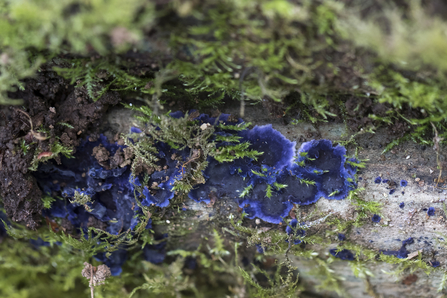Of course, fungi have caught up, and evolution has them in charge once again. Humanity, for many centuries, has been aware of the hallucinogenic, medicinal and chemical properties of fungus, but we’ve barely scratched the surface in discovering many of their other amazing abilities.
In fact, the largest living organism on the planet has recently been discovered, and yes, it’s a fungus. Less surprising, it’s found in America. Initially the honey fungus provides sapling fir trees with important minerals to encourage quick strong growth, but being a parasitic fungus it becomes impatient and chooses to kill the trees once they reach a certain age. US forest rangers discovered 112 dead trees over a two-kilometre area. This group of trees was found, through DNA testing, to have been killed by an individual honey fungus, its mycelium creeping through the soil over this vast area.
Some species are specialist parasites of insects, even practicing mind control, having the ability to modify the host’s behaviour to suit spore dispersal. Fungi are both a force for growth, and the planet’s recyclers, their existence ensures a constant equilibrium in the natural world. Fungi may be waiting for us to die, but in the meantime, we have managed to harness some of their powers; yeast has helped us with the brewing of beer, fermenting of wine and baking of bread, penicillin has joined us in the fight against infectious bacteria, and a beefsteak isn’t the same without two large Portobello mushrooms.


